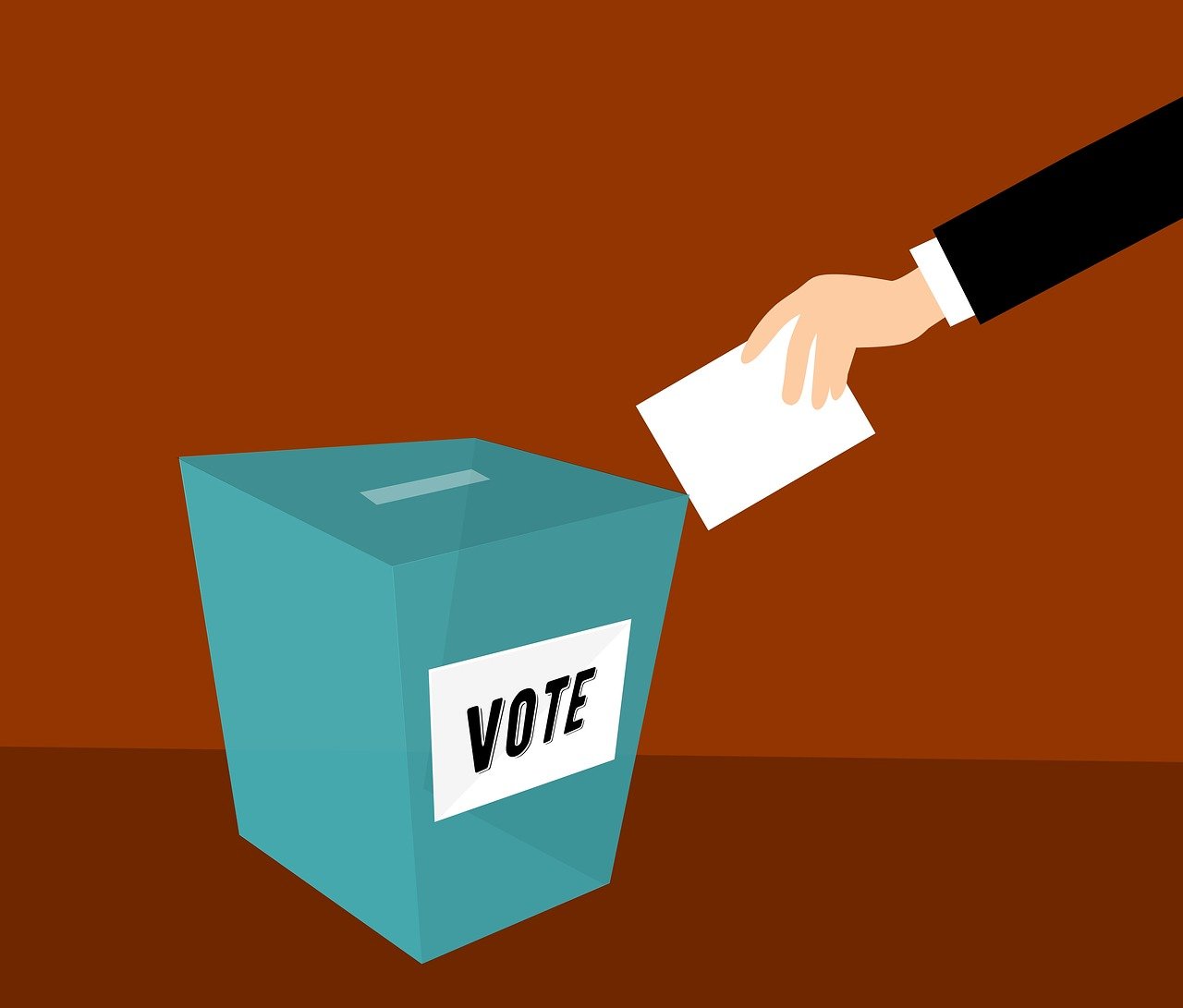The SBP (State Bank of Pakistan) has recently increased its benchmark interest rates by 300 bps. This results in a 20% increase as the country is trying to unlock a deal with the IMF. The committee made this decision on March 2nd because they noticed that the recent tax adjustments, combined with the currency depreciation, had led to higher inflation. The latest surveys showed a significant drift in this matter.
Inflation reaches historic rates in Pakistan
Last month, the committee also held a meeting to assess the near-term risks relating to inflation from the said adjustments. Now, these predictions are becoming true, and the risks have materialized, as we can see in the inflation outturns. While core inflation increased to reach 17.1% (in urbanized areas) and 21.5 % (in rural areas), year-on-year inflation has reached 31.5%.
Moreover, experts predicted that inflation will rise even further in the next months until the adjustments have a real impact on the economy, which will happen gradually.
Parallelly, the exchange rate against the US dollar reached its lowest point in history this Thursday. Thus, the rupee was quoted at the value of 283 against 1 dollar, which means a decrease of 14.89. Everything seems to point out toward further monetary controls to prevent inflation from increasing further.
The day before, on Wednesday the 1st, the Pakistani rupee was already depreciating with a quotation of 266.11 against the US currency. According to economists, this is due to a correction in the market since the IMF required to shorten the gaps between internal banks and open markets.
The finance minister denies that Pakistan might default
Ishaq Dar stepped up and denied the rumors about Pakistan’s possible default. Through several tweets, he stated that such rumors are not only false but also focused on distorting the facts. According to Ishaq Dar, the Federal Reserve holds sufficient funds, which have increased by 1 billion during the past four weeks. This is even after paying the corresponding external debts.
He added that foreign banks have been providing payment facilities and that the negotiations with the IMF are soon to be over. The finance minister expects to sign an agreement by next week, which would slowly lead the economy back in the right direction.
However, some media outlets have the opposite opinion, as you can see in the video below. The risk of default is not only due to this depreciation but has been threatening the country’s economy for a while.
Here is a comparison of the exchange rate between the Pakistani rupee and the US dollar in the last six months:
- Thursday 2 March 2023 1 — USD = 278.52 PKR
- Thursday 2 February 2023 — 1 USD = 270.25 PKR
- Monday 2 January 2023 — 1 USD = 226.67 PKR
- Friday 2 December 2022 — 1 USD = 223.70 PKR
- Wednesday 2 November 2022 — 1 USD = 221.34 PKR
- Sunday 2 October 2022 — 1 USD = 228.59 PKR
Conventional fans are banned in Pakistan
The Pakistani government banned the manufacturing and sale of conventional fans with a regulation that will be enacted in July. This move aims to comply with the country’s energy plan. Such a restriction was recommended by the Ministry of Science and Technology through an SRO, a.k.a. a statutory regulatory order.
Thus, the Pakistani people have another alternative since the country’s Authority of Energy Efficiency and Conservation has undertaken the challenge of reducing energy consumption. In line with this, the authority ensures the manufacturing of fans that consume less than 80 watts. The Authority of Standards and Quality Control is also working actively in this direction. They have been given the task of amending the production standards of national fans so that they line up with the energy plan.
As a result, Pakistani citizens will be able to purchase AC inverters that consume between 45 and 50 watts. Also, the government plans to produce other appliances with low consumption and that are friendlier to the environment.
All in all, this doesn’t seem to be the best time for Pakistan when it comes to the economy. However, even with the lowest exchange rate in history and worrying inflation rates, the financial minister shows an optimistic opinion regarding the future of Pakistan. In the meantime, the initiatives to create a more sustainable use of energy keep moving forward.




